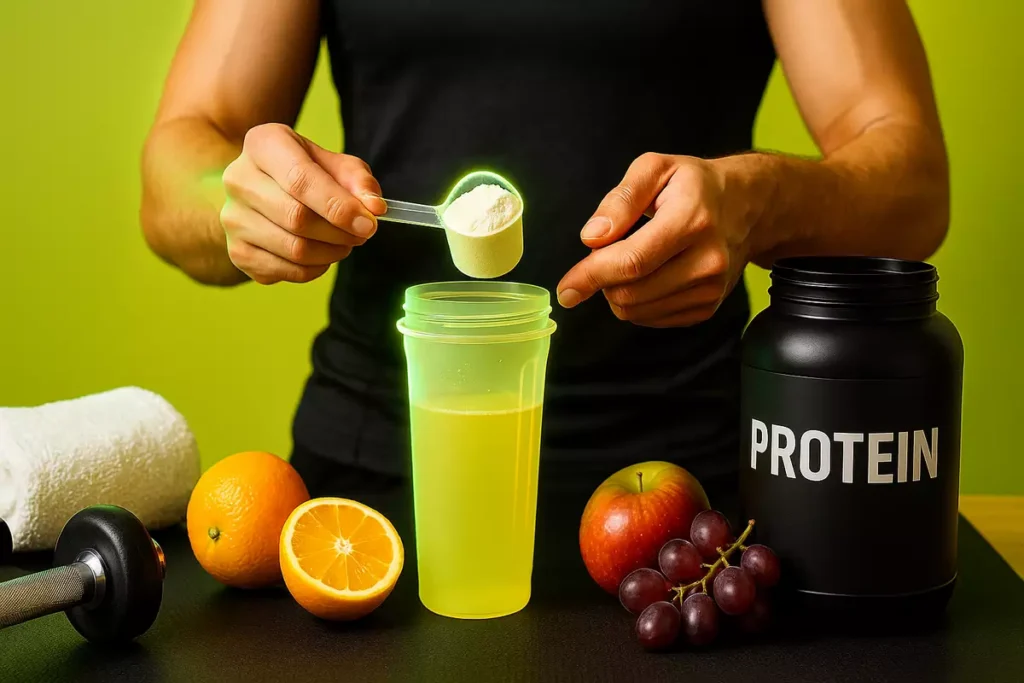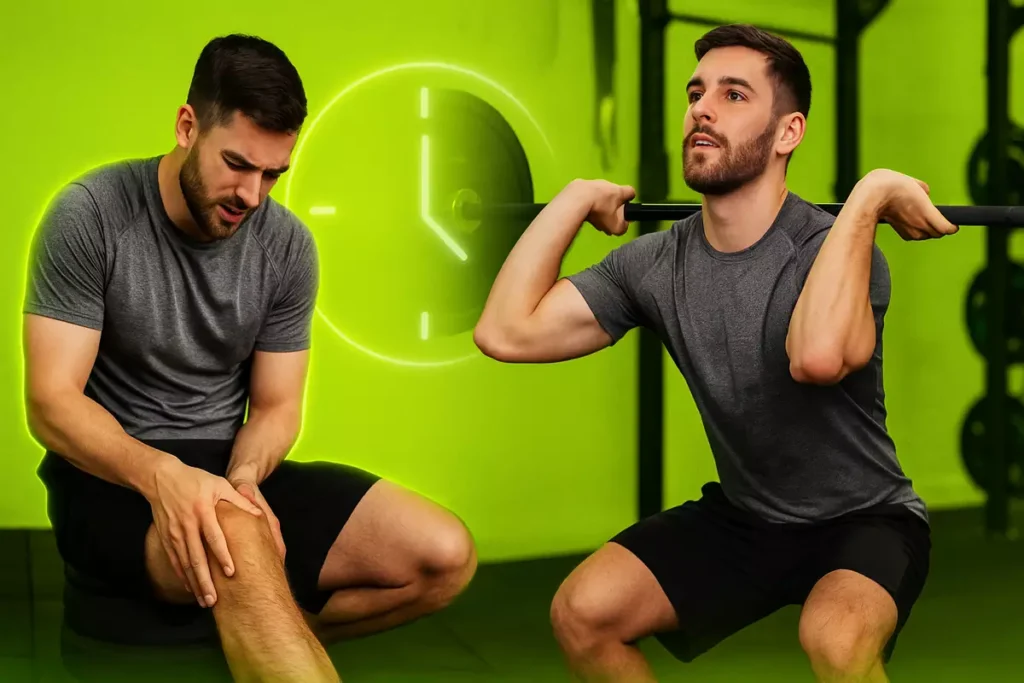Wondering how long it takes for BCAAs to kick in?
The truth is, results can come faster than you think—sometimes in just a week. From quicker recovery to better endurance, BCAAs can help you train harder and more often.
In this guide, I’ll share science-backed timelines, real-life stories from my clients, and my own experience so you’ll know exactly what to expect.
Table of contents
When You’ll Notice BCAA Results
If you’re consistent with your training and nutrition, most people notice BCAA benefits within the first 5–10 days.
The earliest effects often include reduced post-workout soreness and slightly better workout endurance.
In my own case, I felt a difference after about a week—my legs didn’t feel destroyed for half the week after a heavy squat session, and I could get back to training sooner.
How BCAAs Work in the Body
BCAAs—leucine, isoleucine, and valine—are essential amino acids that support muscle protein synthesis and help prevent muscle breakdown, especially during intense or long workouts.
They also help reduce exercise-induced fatigue so you can push harder in the gym. If you want to learn more about their effectiveness, check out Do BCAAs Really Work or Are They a Waste?
When you’re in a calorie deficit, BCAAs act like a safety net for your muscles, ensuring your body burns more fat and less lean tissue for fuel.
That’s why I find them most useful when cutting or training fasted. You can also explore the differences between BCAA Powder vs Capsules to see which format works best for you.
Factors That Affect How Fast You See Results

Training Intensity & Frequency
If you train hard and often, you’ll notice BCAA effects faster—mainly in recovery speed.
When I was doing high-volume bodybuilding training six days a week, BCAAs became a key part of keeping my sessions productive.
Diet & Protein Intake
If your daily diet is already rich in complete proteins, the difference BCAAs make might be smaller.
But during low-calorie phases or plant-based eating, they can fill an important gap. For muscle-building goals, check out Best BCAAs for Bulking to choose the right formula.
Dosage & Timing of BCAAs
I prefer 7–10 grams per workout, sipping them during training.
This keeps my energy levels steady and helps prevent mid-session fatigue. Flavors like watermelon or citrus make it easier to drink consistently.
If you’re wondering about multiple servings, see my guide on Taking BCAAs Multiple Times a Day.
Typical Timeline for Different Goals

Reducing Muscle Soreness – 5–10 days for most people
When I first started, I noticed my quad soreness after leg day dropped from four days to just two.
Boosting Workout Endurance – 1–2 weeks
One of my clients, Sofia, a 35-year-old circuit training enthusiast, told me she could keep her heart rate high without feeling as drained.
For long sessions, proper fluid intake is also key. You can read more about BCAAs and Hydration in Long Workouts.
Supporting Muscle Growth & Recovery – 3–4 weeks
This takes longer because it’s about building up training volume and maintaining muscle mass over time.
Pairing BCAAs with other proven supplements can help. I often recommend reading BCAA vs Creatine for Strength and Size for a complete comparison.
Signs Your BCAAs Are Working
- You recover faster between workouts.
- Less “dead weight” feeling in muscles the day after training.
- Longer, more consistent energy during workouts.
- Ability to train a muscle group more often without overtraining.
Tips to Maximize BCAA Benefits

- Take them during workouts, especially long or fasted sessions.
- Combine them with creatine and beta-alanine for performance and endurance boosts.
- Keep your diet protein-rich—BCAAs are a supplement, not a replacement.
- Use them more during calorie deficits or heavy training phases.
- For stimulant-sensitive athletes, check out BCAAs Without Caffeine for smoother energy.
Final Takeaway – Setting Realistic Expectations
BCAAs won’t turn you into a machine overnight, but they can be a game-changer for recovery and endurance—especially if you’re cutting or training hard.
I’ve seen this both personally and with clients.
For example, Liam, a 29-year-old software engineer I coached, reported noticeable soreness reduction in just two weeks.
On the other hand, when I tried using BCAAs as a meal replacement early in my career, the results were disappointing.
Lesson learned—they’re best as a support tool, not the foundation.
If you stay consistent, expect to feel the difference in about a week, and see more meaningful recovery and endurance benefits over the next month.



Leave a Reply